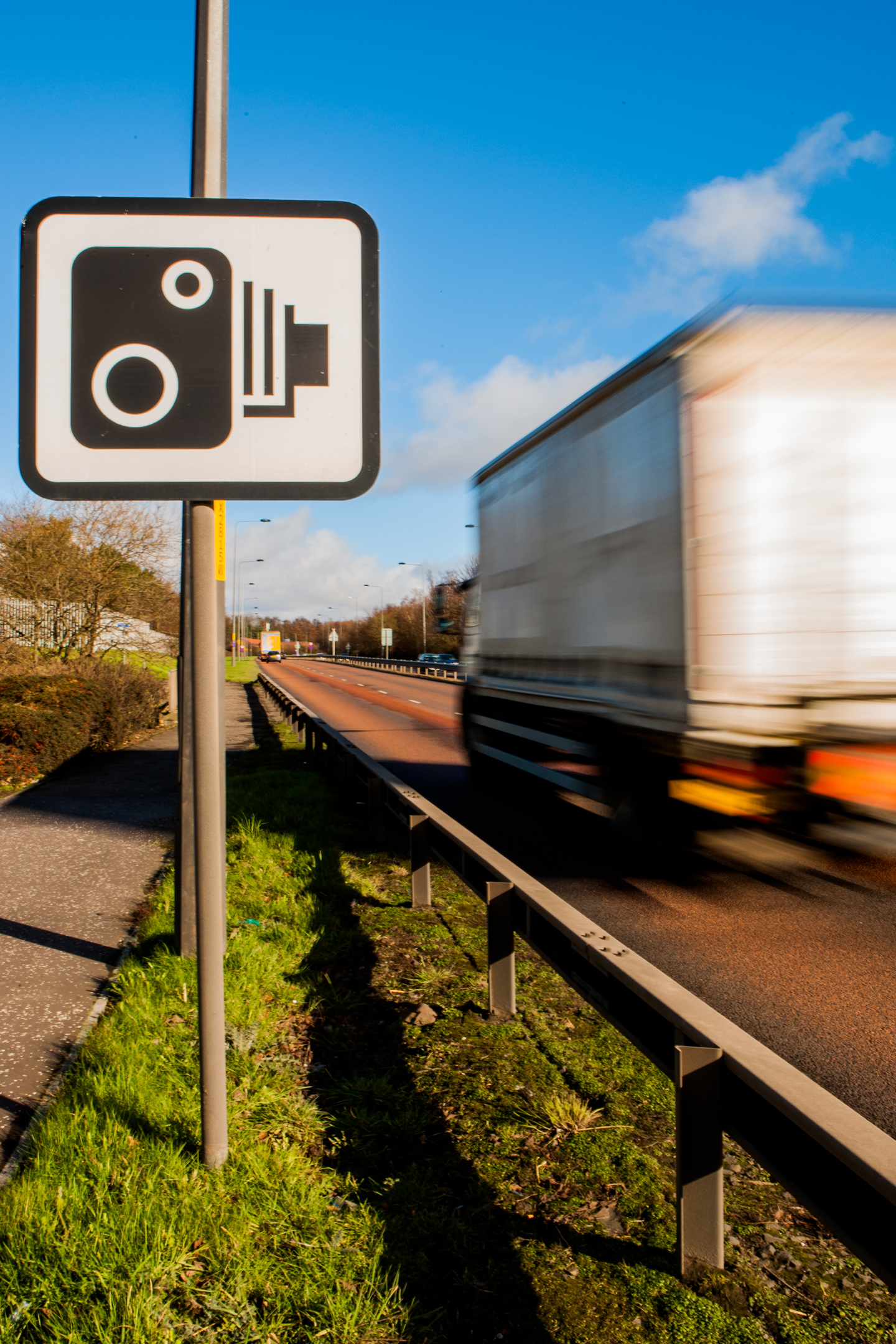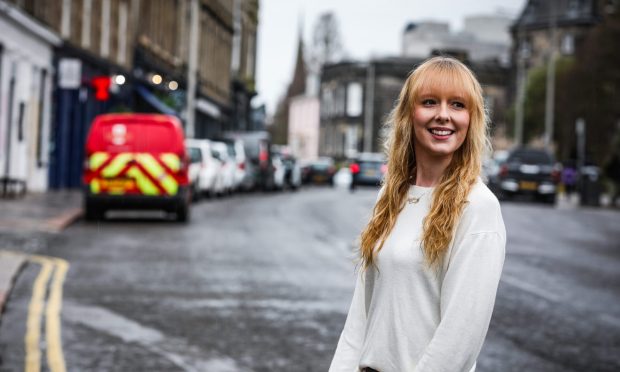Almost a third of the £5 million fines generated from fixed-point speeding cameras in Scotland were raked in from motorists in Fife, Tayside and the Central belt.
Although the year-on-year total has decreased, £1.3 million in speeding fines were handed over in automatic fines from speeders caught breaking the law in the area – the highest in Scotland.
Figures released under Freedom of Information legislation shows the amount of money generated from speed cameras in Scotland has increased incrementally over the last three years, rising from £4.6 million in 2014-15 to £5.09 million in 2016-17.
The Scottish Conservative’s transport spokesperson, North East MSP Liam Kerr, said people were becoming suspicious speed cameras were turning into “cash-cows”.
He said: “Motorists completely accept speed cameras have a place on Scotland’s roads to ensure safe driving.
“But there is a widespread suspicion that these are set up not to reduce speed, but to generate money from those edging over the various speed limits they police.
“The fact that an ever-increasing amount of money is being generated from motorists for whom driving is becoming ever more expensive, will only reinforce this view that they are first and foremost simply being used as revenue-generators.
“Speed cameras should be situated where their presence has a demonstrable positive impact on road safety and accident prevention.
“Too many seem to be placed in areas such as the first clear straight on an A-road, ensuring that those carrying out an appropriate, safety conscious, overtaking manoeuvre but exceeding the speed limit are caught out.”
A Transport Scotland spokesperson said: “Road safety is a priority for this Government. Safety cameras are there to make our roads safer and are deployed where they have the greatest potential to reduce collisions – where there is evidence of collisions resulting in injuries and speeding.
“We strongly encourage road users to obey all road signage, including speed restrictions, at all times. Revenues collected from safety camera fines are returned to the Treasury.”










